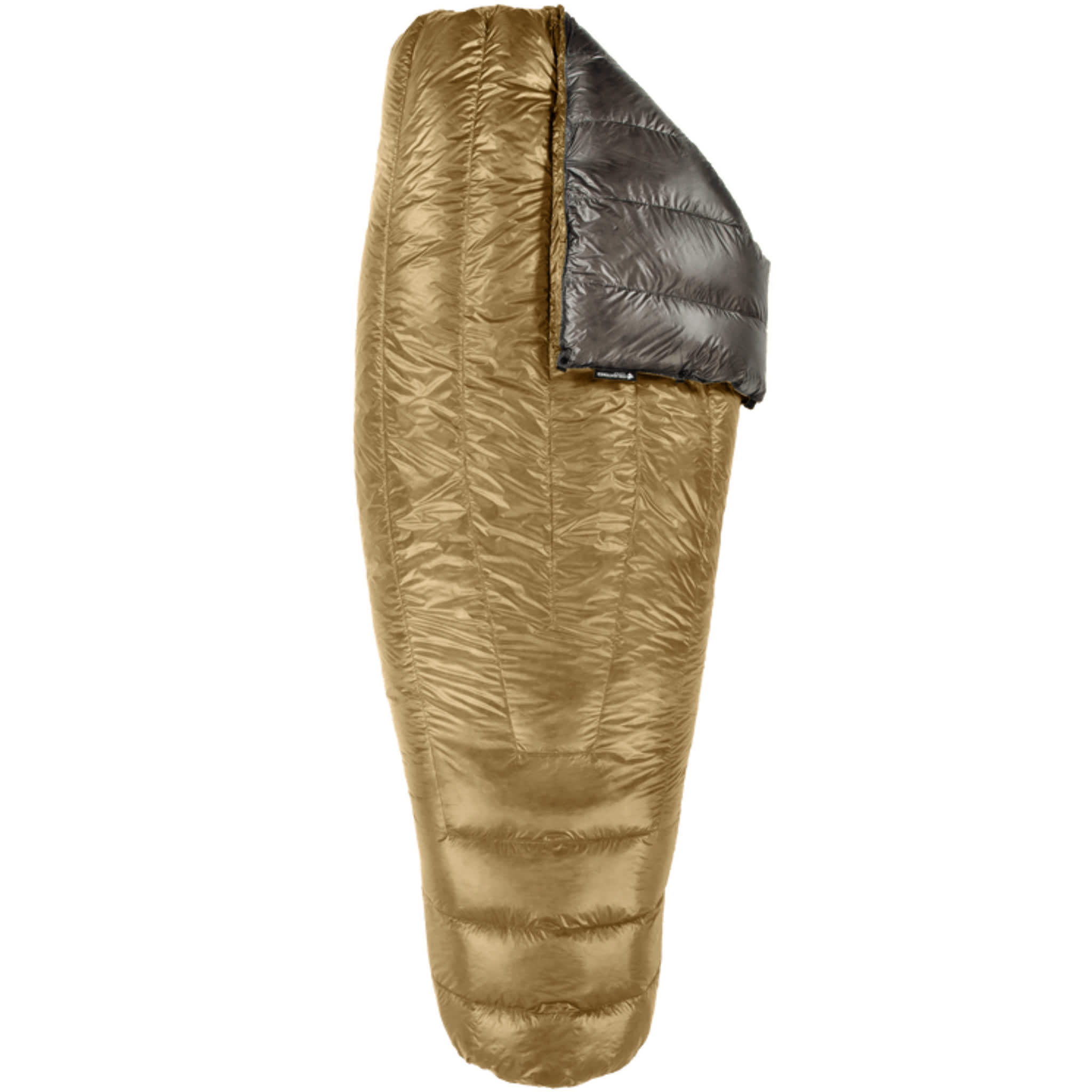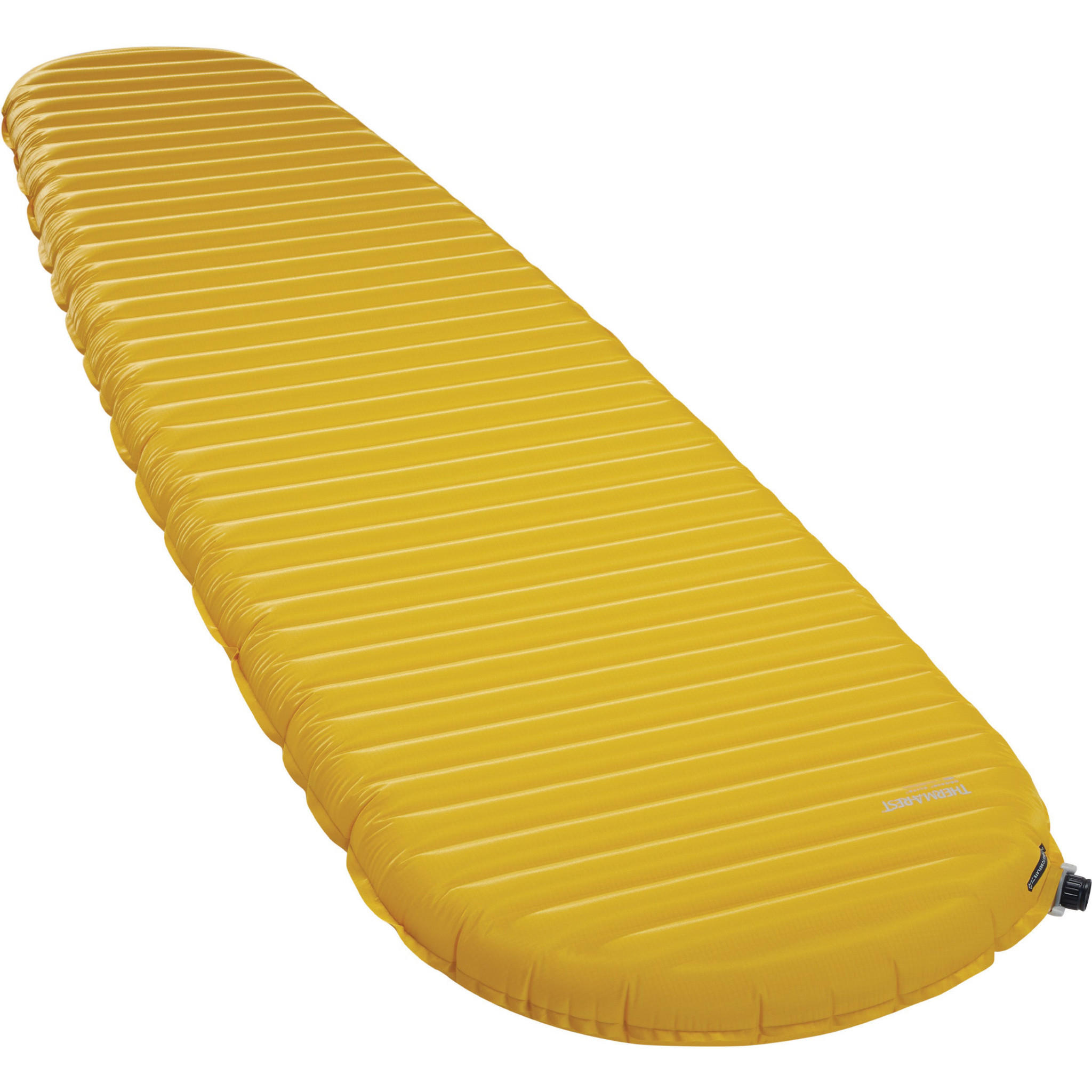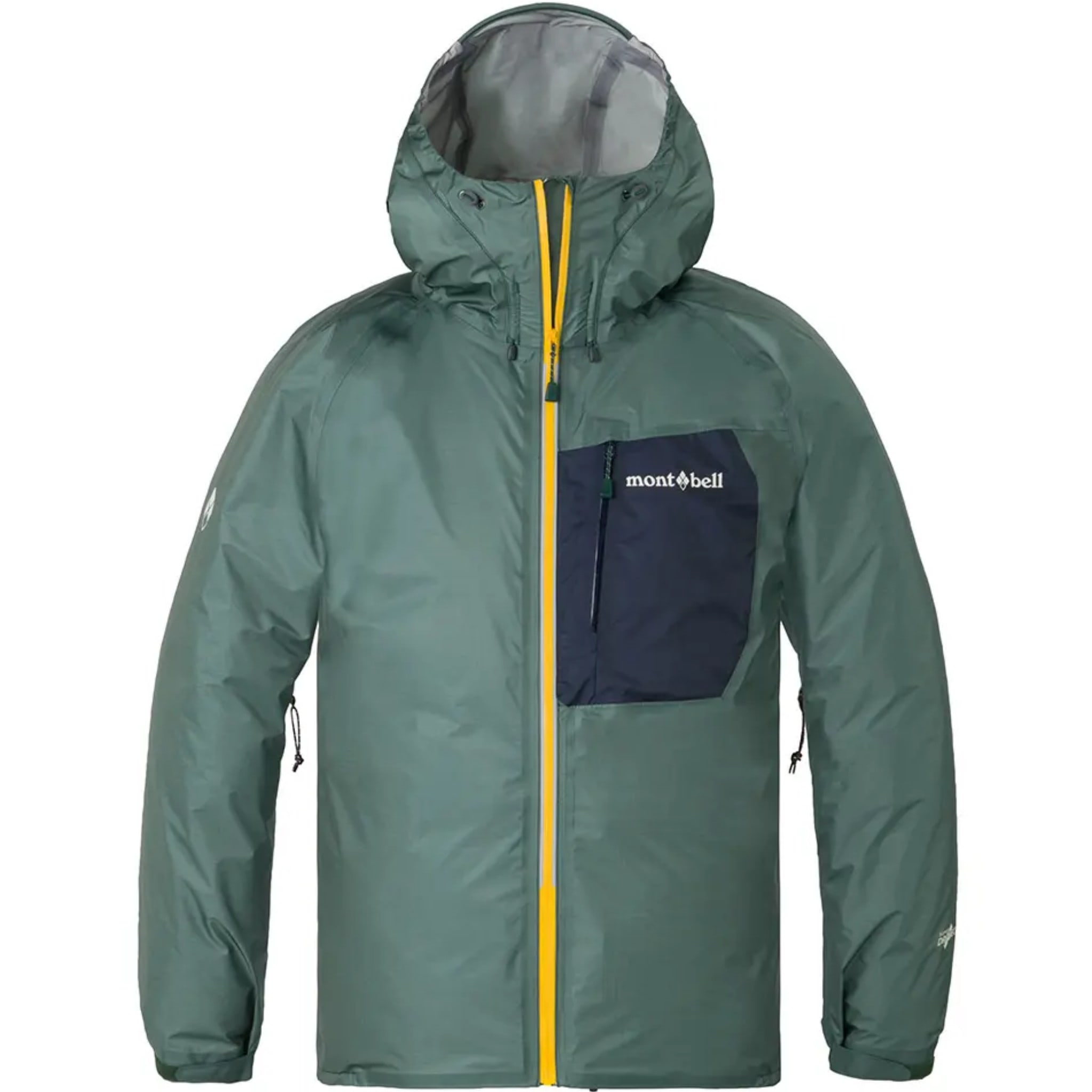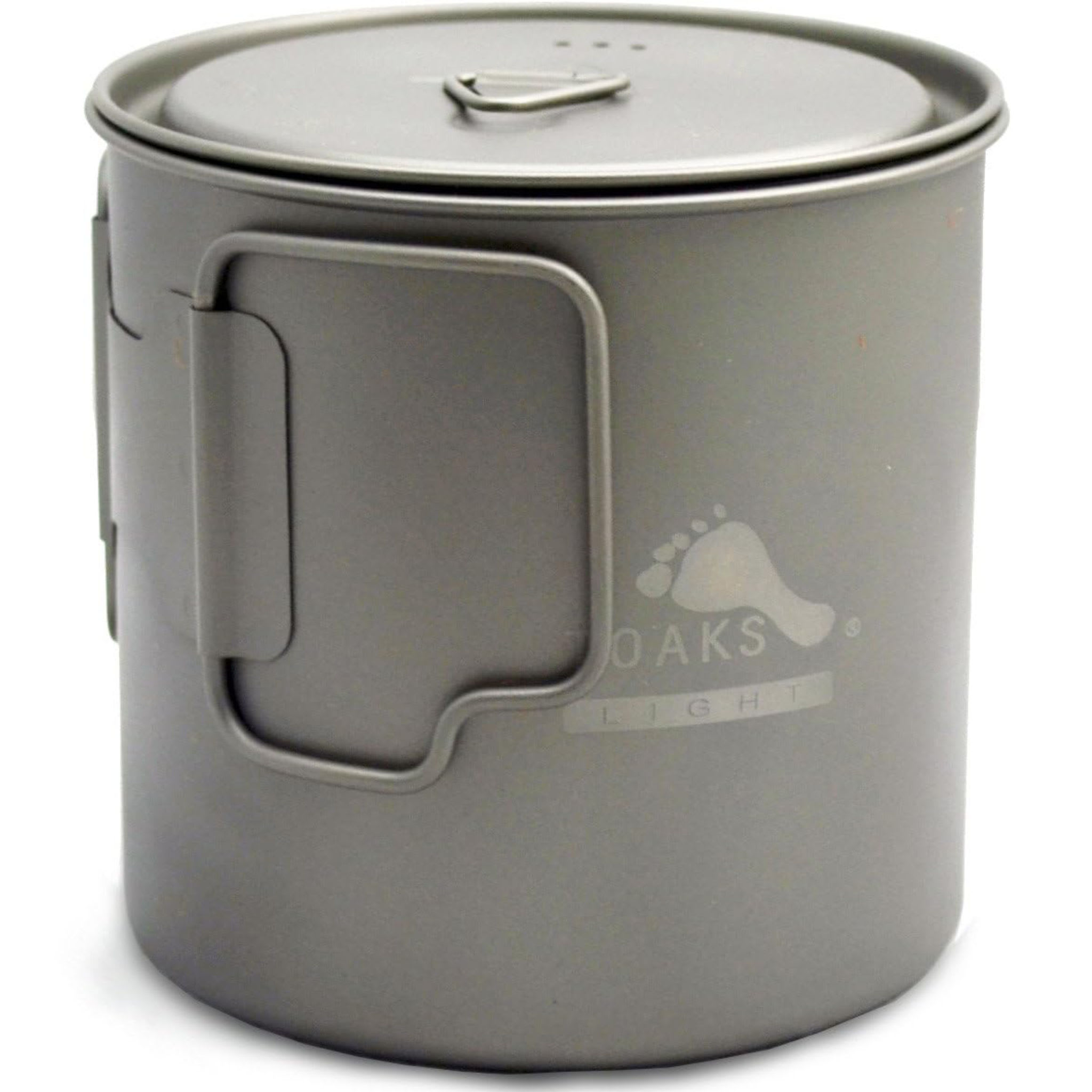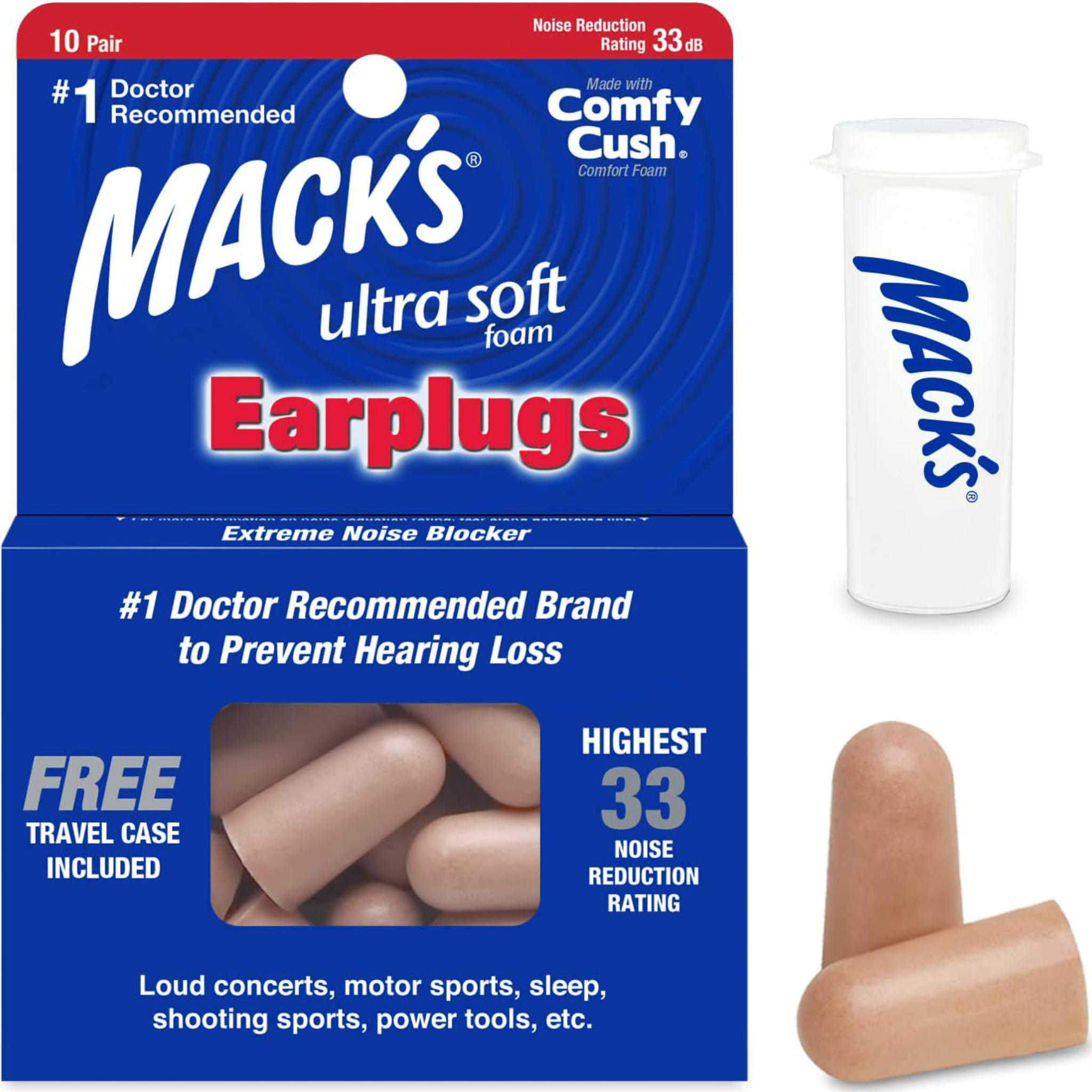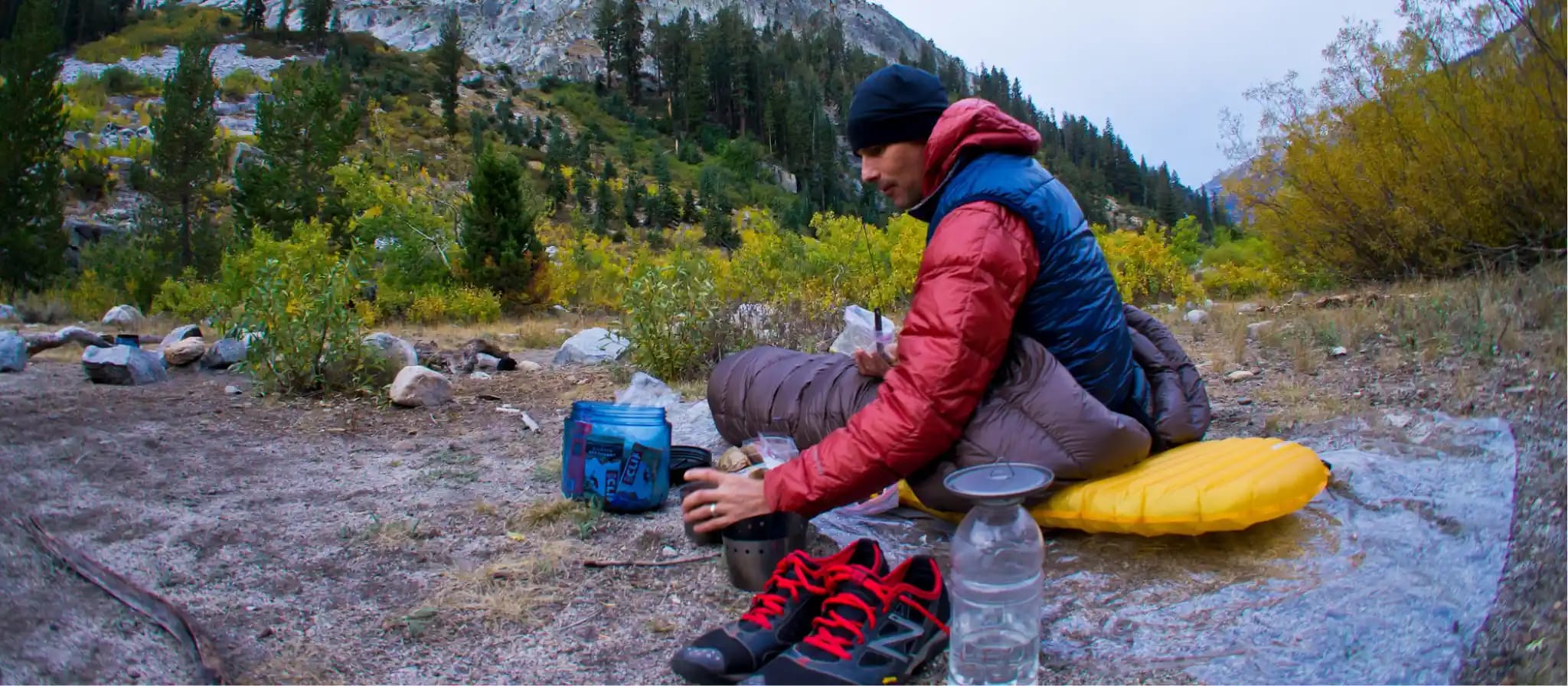
2025 Ultralight Backpacking Gear List 10 lb
A 3-season capable, durable, efficient, full-featured, and smile enhancing UL gear list.
Trail Tested in the Sierra
Over a decade of refinement, obsession, and testing has gone into the creation of this ultralight backpacking gear list. A 10-pound backpacking base weight, 3-season capable, durable, efficient, full-featured, and smile enhancing UL gear list. Comfortable in temperatures down to 20℉ (-7℃), with generous safety, survival, and first aid essentials.
Photo: The author's typical Worn/Carried setup. Temple Crag, Sierra Nevada.
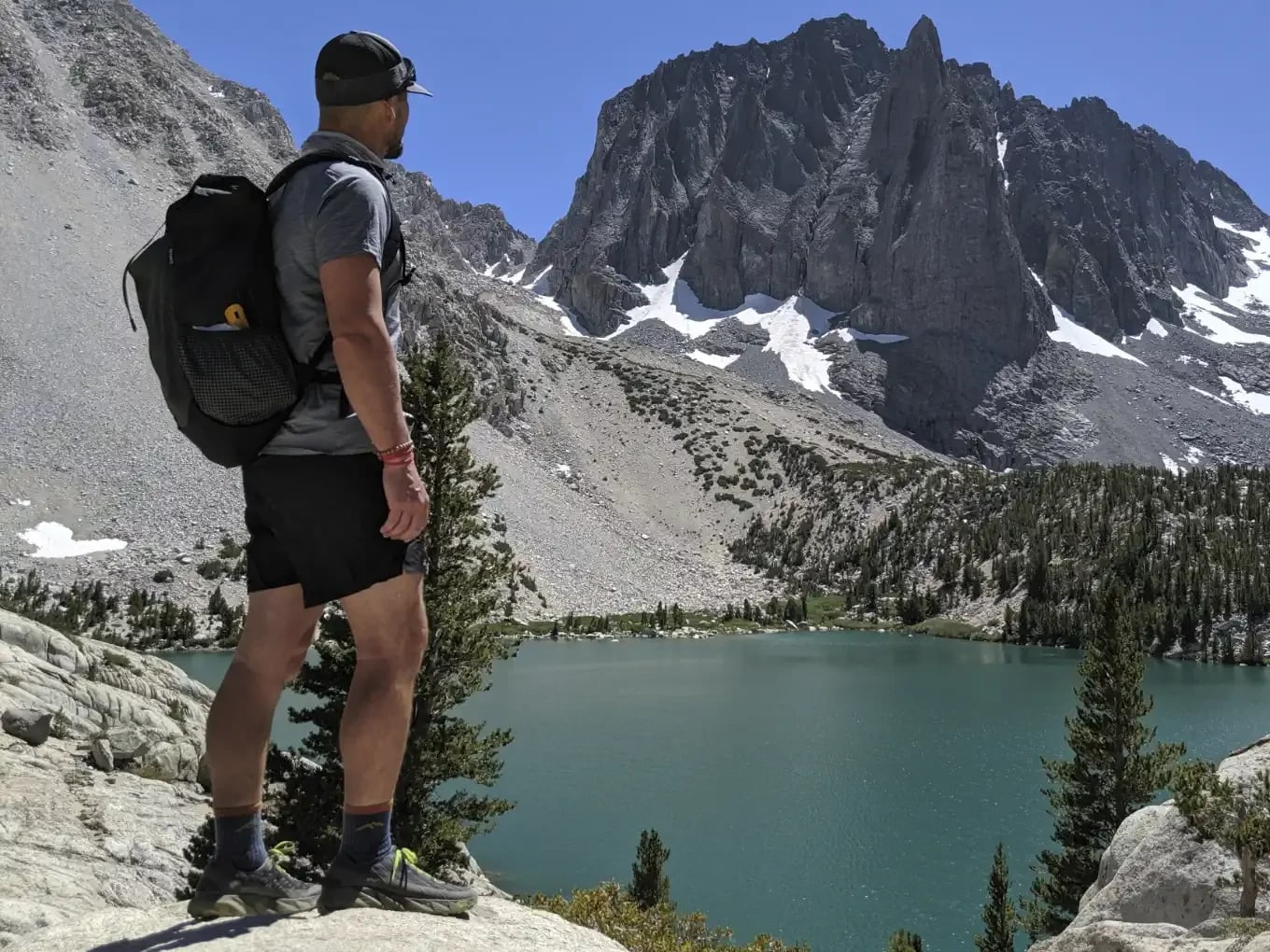
Durable and fast
Ultralight Backpacking Gear List
The following gear list contains the author's personal selections, upgraded and refreshed for the 2025 season.
- Cost
- $3,750
- Weight
- 10.25 lb
- Fun Factor
- 100%
HYOH
FAQ
Why 10-Pounds?
With today's technology and gear options that's the weight of a typical "ultralight" kit (reference the Backpacking Base Weight wiki). A focus on lightweight items with a nod to durability. In the classic lightweight backpacking bible Beyond Backpacking, Ray Jardine configured an 8.5 pound base pack that he considered thru hike worthy. However, Ray hiked with a partner and they split up gear and each carried only a partial kit. For example, Jenny might carry the shelter kit, while Ray would carry the sleeping kit. If you were to weigh up Ray's pack fully allocated, it would likely land in the 10-pound range.
What about SUL?
I've gone SUL (super ultralight, 5-pound base pack weight) on countless trips in extreme conditions which was fun and challenging. I've personally found that carrying a 5-pound vs. a 10-pound base pack is not significantly different. However, the difference (net gains) in long term durability, functional range, comfort, less mental stress, and ease of use were massive. A more robust, though heavier gear list, resulted in a much better outdoor experience - for me. YMMV!
How is a Thru Hike Gear List Different?
On a thru hike one needs to account for things like town stops, recharging electronics via 110v/220v power outlets, resupplying consumables regularly, traveling through the full gamut of climate zones, and generally living on trail day-to-day. On a casual weekend trip, you can probably leave your mobile phone wall charger behind, carry enough consumables to last the whole trip, and pack for weather conditions specific to your route. Thru hikers on the other hand tend to adopt a more "life on the trail" approach, and carrying a full jar of peanut butter, large pizza, or brick (if you get pranked) into the backcountry is not uncommon! In short, a thru hike kit is like having a sustainable "house" on your back, that is ready for the challenges a long hike presents.
Plug and Play
Many of the items in this list can be switched out for your preferred type, and not adversely effect the 10-pound threshold, nor the balance of functionality and low-fuss. Think of this list as a template, and as long as you plug-in items with similar function and weight, the end result will be a list customized for your needs that maintains a happy balance between weight and experience, while keeping you safe - so long as you fill up the space between your ears with the right knowledge, skills, and experience.


